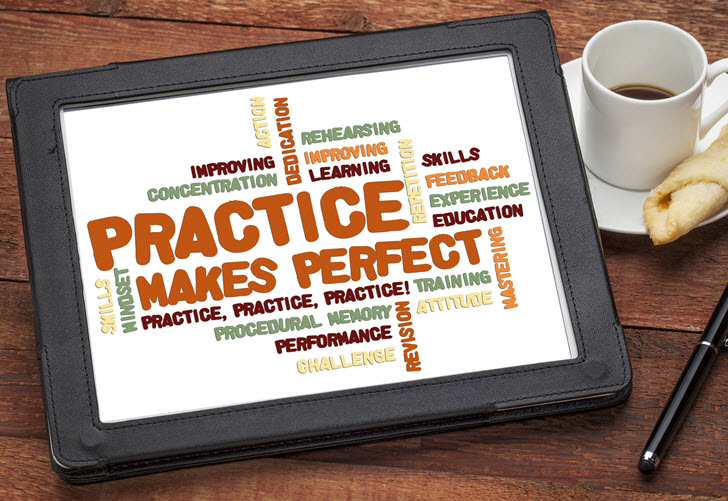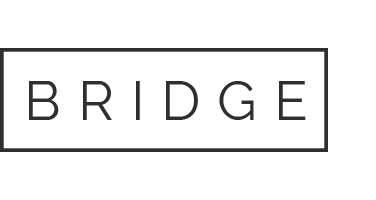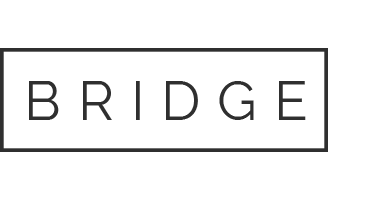
26 Mar Practice makes perfect: Overlearning to read
Below-level readers often have an underdeveloped capacity for working with text as a pathway for learning. One way that technology can help students create increased capacity for reading is through “overlearning,” which basically means continuing to learn a skill even after you have mastered it. Or simply put: practice makes perfect. With overlearning of reading subskills, the brain gets more efficient and expends less energy on the task. The brain can focus on more interesting things, such as higher-order comprehension.
Locking it in
Automaticity is the mechanism that makes it possible to perform a skill without conscious attention – effectively locking it in. Since the brain is a limited-capacity processer, overlearning a skill to the point of automaticity improves short and long-term retention, decreases distraction and builds improved endurance for the task. There are three steps to the process:
- encoding the item
- retaining the item
- retrieving the item
Building from the bottom up
Using a unique process, BrightFish Reading applies the concept of overlearning to the reading process by first “deconstructing” text to make it accessible. Students start each story unit with word recognition fluency activities to develop word and phrase-level skills to the point of automaticity. This approach ensures that the subskills of processing text become virtually automatic. Explicit instruction and scaffolded practice in vocabulary and comprehension are layered on top of word and phrase subskill training as students build a story from words to phrases to paragraphs and finally the full text.
Activating multiple pathways
Multisensory learning (sight and sound) contributes to the process by increasing the efficiency of performing the reading task. In BrightFish Reading, students work on visual match and sound match activities as part of the word recognition activities, moving from one and two-letter words up to the most difficult words and phrases in the passage. For each response, the BrightFish system measures accuracy and speed against a pre-set mastery criteria. Students develop efficiency and pace, moving from the simplest to most complex phrases in the text.
Encode-retain-retrieve
By applying the method of overlearning to reading subskills, students develop fast, accurate processing of text that enables them to focus on the meaning of what is being read. In BrightFish Reading, students work at their own pace through the sequence of activities to learn how to process words using visual and auditory stimuli (encode); move up to practice with word combinations and phrases (retain); and finally apply their reading skills to passages (retrieve). Along the way, they develop both the skills and confidence to become active, independent readers.



No Comments